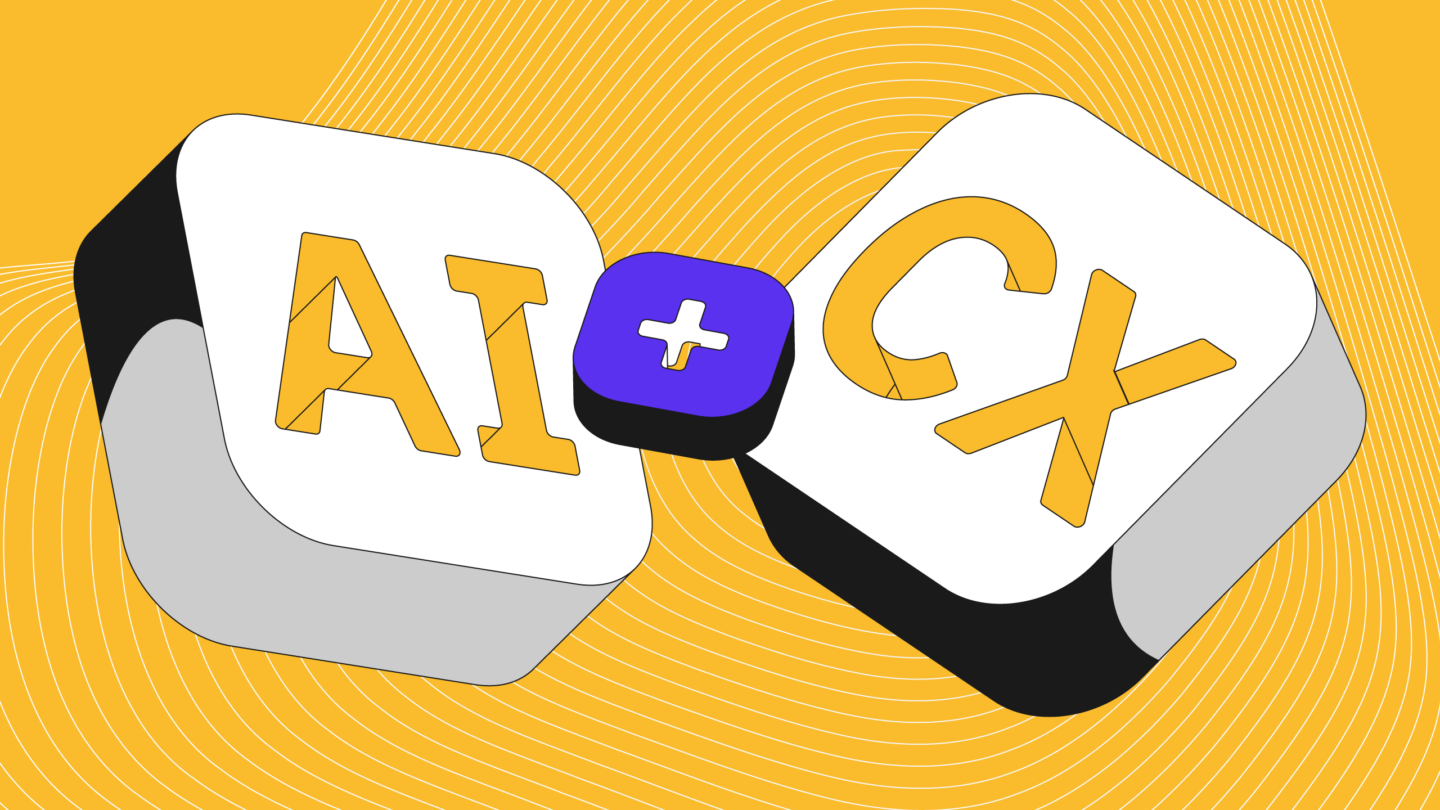Why integrating AI is a priority in customer experience software
It is hard to ignore the AI revolution currently impacting all facets of society, not just the tech world. The release of ChatGPT last November opened the eyes of consumers and business leaders in all industries as to how powerful the technology has become in recent years. But, while many are only now using the bot to help them decide what to cook for dinner or structure a difficult email, some companies have been weaving the technology into their products for much longer.
Customers will likely be familiar with their friendly neighborhood chatbot that pops up in the corner of most product websites, asking them if they can provide any assistance today. They may also be familiar with the frustration of receiving a generic – and often unhelpful – computer-generated response to their query rather than being connected to a human agent.
To the more seasoned desktop user, this might call back memories of the infamous digital assistant ‘Clippy’, who first appeared on Microsoft Office applications in 1996. The chatty paperclip was widely criticized for its intrusive and often unnecessary interruptions, which many found annoying and distracting. TIME magazine named it as one of the worst inventions of all time.
But virtual assistants have come a long way since then, largely thanks to the infusion of generative AI, so businesses are more comfortable offering their own to customers. Leaders in CX can humanize the bot interactions with hyper-personalized responses, allowing them to provide the correct support, faster. On top of increasing general customer satisfaction, an advanced AI can be used for a plethora of use-cases, like picking up on any purchasing intent and transform that into a revenue-generating opportunity, for example.
At the same time, with the advent of ChatGPT and its advanced large language model (LLM), customers are coming to expect more from their experiences with chatbots.#
Saying that, leaving it up to an AI to make a recommendation is not a strategy that is without risk. Customers can be left dissatisfied if they feel like their chatbot is taking them around in circles or overcomplicating the interaction. Similarly, it is essential that full customer context can be easily transferred from the chatbot to the agent, to save the customer from having to repeat all the details of their issue.
In an environment where answers need to be at agents’ fingertips so they can quickly get them into customers’ hands, reconsidering the contact center’s software stack to integrate AI has never been more critical.
But you needn’t tear down and build again from scratch. To ensure maximum efficiency in business processes and get full return from existing investments, look at what extra functionality you might need, plus resolve and reduce replication in what you have.
Using ‘point products’ as an alternative to monolithic or multi-purpose software leads to the improvement of specific, targeted areas. It also reduces the risk of feature bloat, where programs start to recreate the capabilities of other software instances.
The replication of software’s abilities leads to the development of non-standardized working processes. If multiple disparate systems are used, it can especially take its toll on the productivity of customer service agents, who tend to work on different back-end tasks simultaneously.
One company offering such directed, ‘point’ solutions for the contact center is Freshworks. The California-based firm has been weaving AI into its suite of CX products like Freshdesk and Freshchat since 2018, optimizing them for the customer, agent, and the business leader alike.
Freshdesk is the company’s ticketing system that brings together customer queries from multiple inbound channels. This system uses AI to learn from previous tickets and suggest new resolutions to save agents’ time.
Indeed, its ‘Freshchat’ bot is currently being utilized by over 60,000 businesses worldwide. It provides personalized responses over channels customers are already familiar with, like WhatsApp and Facebook Messenger, as well as a widget on product sites. Embracing preferred communication channels in this manner is one of the top five priorities for customer service leaders in 2023.
With Freshchat, team leaders can access performance reports and real-time dashboards so they can quickly assess productivity and the success of any CX initiatives. The generative AI can also use this data and make recommendations on how to optimize operations to meet business goals, saving precious time.
For the agent, Freshchat provides pre-formed responses for frequently asked questions, live translation, and bulk actions, all of which can help speed up the customer interaction and ease workload.
A priority for customer service leaders is driving business growth through their support teams, whose performance directly impacts both brand perception and sales. A Freshworks study found that returning customers are 82 percent more likely to repurchase a product after a value-driven service interaction.
If you’d like to learn more about how AI-powered technologies are improving the quality of the support experience, as well as 4 other critical priorities CX leaders must embrace in 2023, check out Freshworks’ essential strategies for driving customer value in today’s economy here.









